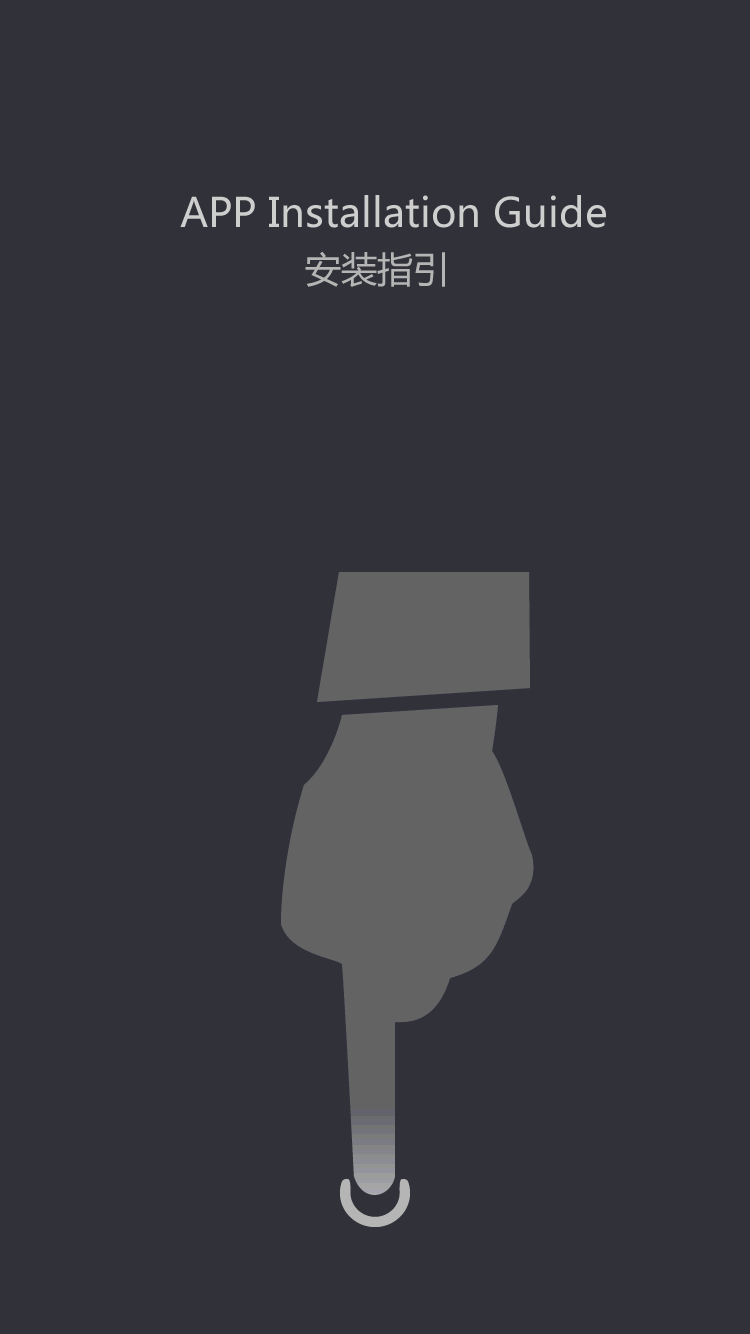Alternative Healthcare that refers to health practices
by:Douai
2020-06-24
Interestingly, herbal medicine accounts for 45 per cent of the European market. In fact, a WHO survey shows that 60 to 90 per cent of people in the UK rely on complimentary systems of medicine- which explains the renewed interest in these systems. Home to 15,000 medicinal plants, and as one of the 12 mega bio-diverse countries of the world.
The future of alternative medicine in India is bright. In a developing country like India, alternative systems of therapeutics, which encompass ayurveda, homoepathy, unani, reiki, pranic, healing, acupuncture, acupressure etc have a definite role to play in alleviating sickness- both chronic and acute. The cost-effectiveness, efficacy, low toxicity, and few adverse effects render them invaluable as viable alternatives to conventional medicine. Similarly, homoeopathy is now a widely accepted system of medicine that has a worldwide following.
Awakening to the potential, the Central Government has announced a separate national policy on the Indian Systems of Medicine & Homoeopathy (ISM&H) to boost and promote indigenous medicine. The Department of ISM&H has set up National Institutes India is sitting on a veritable green mine.
Indian position in each of the major disciplines which are meant to act as centers of excellence providing with quality patient care, teaching and research. These centers will play a pivotal role in improving teaching, patient care and research .
Some of these centers are
National Institute of Unani Medicine Bangalore
National Institute of Homoeopathy, Calcutta,
National Institute of Naturopathy, Pune
Morarji Desai National Institute of Yoga, New Delhi
National Institute of Siddha, Chennai
Rashtriya Ayurveda Vidyapeeth, New Delhi
The health care infrastructure under Ayush available in India consists of 3,845 hospitals with 65,159-bed capacity, 23,630 dispensaries, 439 undergraduate colleges. 96 colleges having Post Graduate Departments 9,226 licensed manufacturing units and 6.95 lakh registered practitioners of Indian Systems of Medicine and Homoeopathy in the country. An outlay of Rs 775 crore has been allocated under the Tenth Five - Year Plan. The Plan allocation for 2004-2005 is Rs 181 crore.
With the opening of the Indian economy, Ayurveda has gained in popularity overseas which is reflected in thronging of Ayurvedic clinics in Kerala and other places by foreigners. Some of the therapies have naturally found a niche in hotels and resorts. As a result, Ayurveda mixed with tourism has become a great source of foreign exchange earnings.
According to CII, India has the potential to attract 1 million tourists per annum, which could contribute up to US $ 5 billion to the economy. The Ministry of Tourism is set to tap the great potential of international medical tourists visiting India. Most Indian states have either established themselves as destinations for health care and tourism or are building medical brand images. Add to this, Yogic healing, Transcendental Meditation (TM) along with alternate therapies of ayurveda in India has been repackaged and redefined and goes hand in hand with India's rise in Health Tourism. According to a CII study ''With yoga, meditation, ayurveda, allopathic, and other systems of medicine, India offers a unique basket of services to an individual that is difficult to match by other countries.






